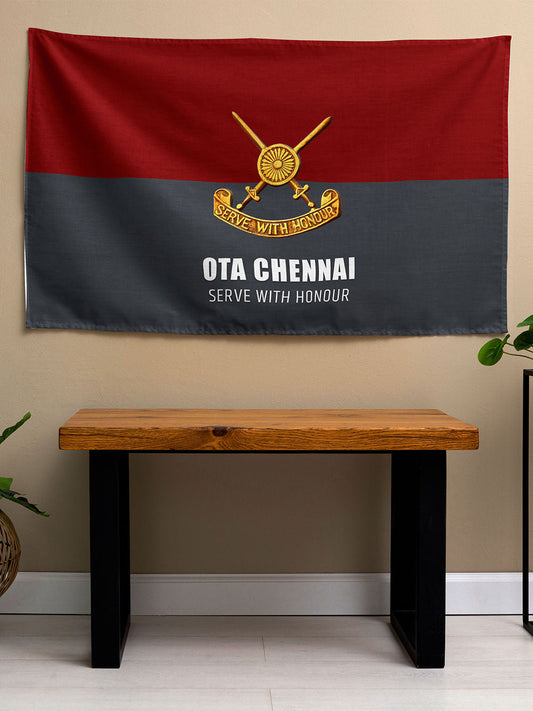Safran to Transfer Complete Fighter Jet Engine Technology to India for AMCA Project

In a significant development for India's defence aviation industry, French aerospace company Safran has committed to transferring complete fighter jet engine technology, including the sensitive hot section technology, to aid in the co-development of a next-generation engine for India's Advanced Medium Combat Aircraft (AMCA). This crucial advancement, reported by the Economic Times, is considered one of the most extensive technology transfers ever offered by a foreign defence manufacturer.
The joint effort will be conducted with India's Defence Research and Development Organisation (DRDO), specifically the Gas Turbine Research Establishment (GTRE), under Indian intellectual property rights. The collaboration is aimed at creating an engine with a thrust of 120–140 kN, essential for the AMCA to meet contemporary stealth fighter performance standards.
Valued at approximately $7 billion, this ambitious initiative includes the creation of nine engine prototypes over the next decade or so. Prototype flight tests are scheduled for 2028, with full-scale production anticipated by 2035. Significant Indian private sector entities, such as Tata Group, Larsen & Toubro, and Adani Defence, are expected to be involved in manufacturing and subsystem development.
Additionally, Safran has expressed a willingness to set up an assembly line in India for M88 engines, which power Rafale fighter jets, contingent on further orders from the Indian Air Force.
A key aspect of the technology transfer is Safran's agreement to share single-crystal blade technology, a sophisticated capability crucial for enduring high temperatures in modern fighter engines. This expertise will help India bridge a long-standing technological gap, particularly following indigenous projects like the Kaveri engine that did not meet the required thrust levels.
The initiative is expected to greatly enhance India's aerospace autonomy, as jet engine technology is one of the most closely guarded defence sectors globally. Experts emphasize the need for India to develop a strategic plan to fully assimilate these advanced technologies and enhance its domestic defence infrastructure.
In a related move, Safran has recently opened India's first global Maintenance, Repair and Overhaul (MRO) facility for LEAP engines in Hyderabad, which are utilized by most modern narrow-body aircraft. This facility aims to decrease India's dependence on international maintenance services and create high-value employment opportunities.
Moreover, Safran has entered into a joint venture with Bharat Electronics Limited to co-produce air-to-ground weapons in India, highlighting the deepening defence collaboration.
The extensive technology transfer and industrial partnership mark a significant milestone in India's aerospace aspirations, bolstering the AMCA programme and reinforcing India's position as a prospective global aerospace hub.



















